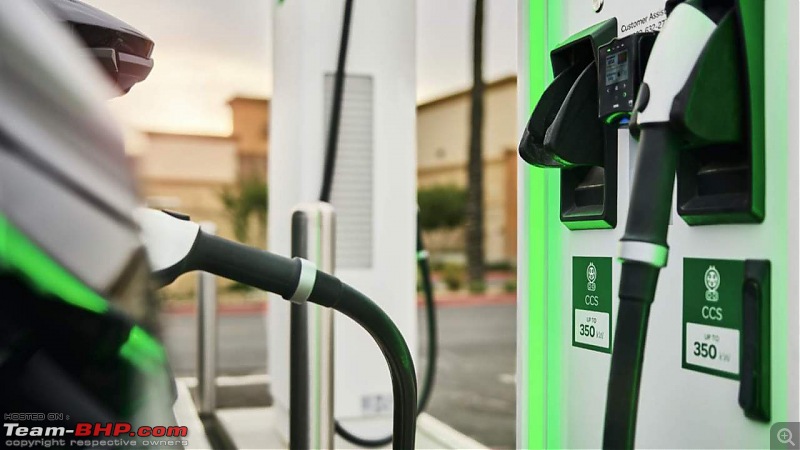| | #1 |
| Senior - BHPian Join Date: Jul 2017 Location: Pune
Posts: 6,262
Thanked: 55,785 Times
| |
| |  (2)
Thanks (2)
Thanks
|
| |
| | #2 |
| BHPian Join Date: Jul 2010 Location: BLR
Posts: 57
Thanked: 138 Times
| |
| |  (4)
Thanks (4)
Thanks
|
| | #3 |
| BHPian Join Date: Nov 2021 Location: Hyderabad
Posts: 69
Thanked: 363 Times
| |
| |  (2)
Thanks (2)
Thanks
|
| | #4 |
| BHPian | |
| |  (1)
Thanks (1)
Thanks
|
| | #5 |
| BHPian Join Date: Dec 2019 Location: Pune
Posts: 126
Thanked: 963 Times
| |
| |  (2)
Thanks (2)
Thanks
|
| | #6 |
| BHPian Join Date: Nov 2021 Location: Hyderabad
Posts: 69
Thanked: 363 Times
| |
| |
| | #7 |
| BHPian Join Date: Sep 2016 Location: Ajmer
Posts: 239
Thanked: 703 Times
| |
| |
| | #8 |
| BHPian | |
| |  (1)
Thanks (1)
Thanks
|
 |
Most Viewed






